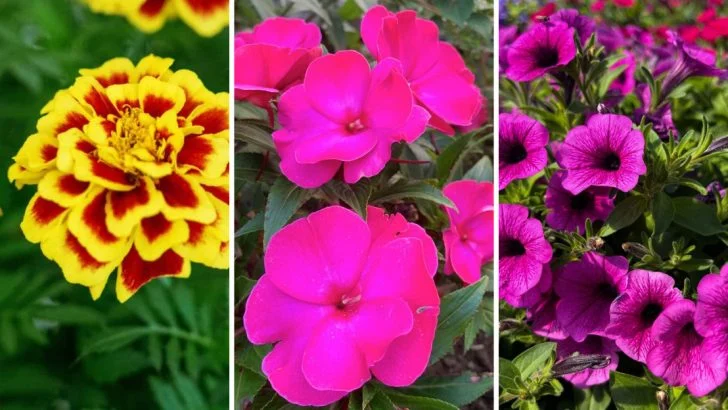Zinnias have a way of stealing the spotlight—bold colors, steady blooms, and that cheerful, no-fuss attitude. It’s easy to see why they’re a garden favorite. But once you’ve filled a few beds with them, it’s natural to start wondering what else can bring that same energy without feeling like more of the same.
Luckily, there are plenty of other annuals that know how to put on a show. Some offer similar bright palettes, others bring unique textures or bloom shapes that pair perfectly with zinnias—or even outshine them in certain spots. If you’re looking to keep that vibrant, colorful feel going all season, these 14 picks are worth a look.
Marigold

Marigolds are the sunshine of the garden, offering bright blooms that light up any space. Known for their bold oranges and yellows, marigolds are not only visually appealing but also easy to grow.
Their unique scent keeps pests away, making them a gardener’s best friend. Plant them in full sun and watch them thrive, adding warmth and cheer.
Did you know? Marigolds have been used in traditional medicine to promote skin health. Their versatility and charm make them a must-have in any colorful garden.
Petunia
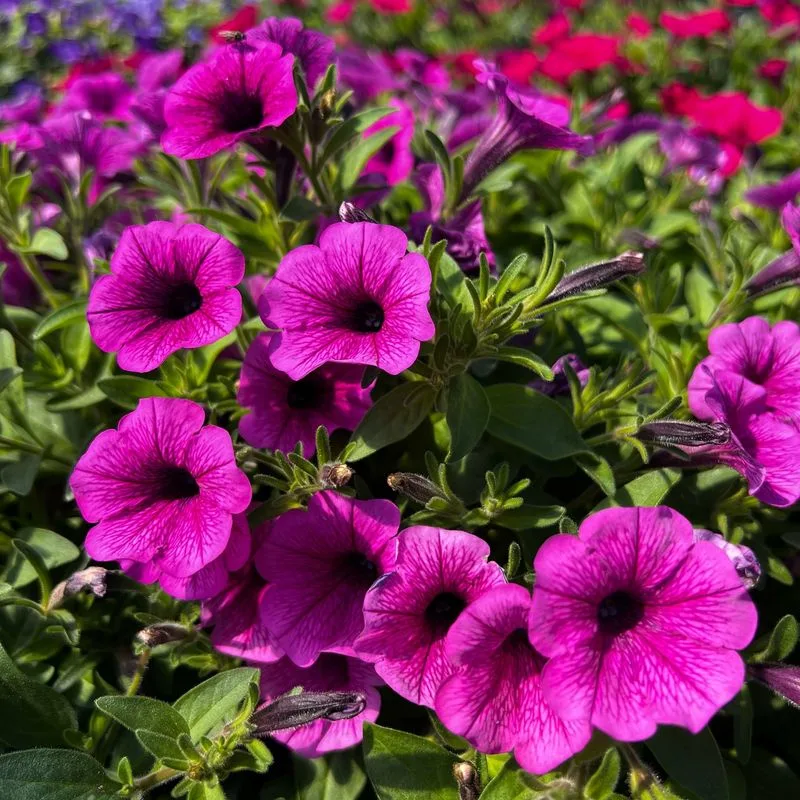
Petunias are the versatile artists of the floral world. With a palette ranging from soft pastels to vibrant hues, they can transform any garden space.
These blooms, with their funnel-shaped flowers, enjoy a sunny spot and can bloom throughout the season, offering color and fragrance.
Petunias are great for hanging baskets, borders, or containers. Fun fact: Petunias were discovered in South America and have become favorites worldwide for their adaptability and stunning colors.
Cosmos
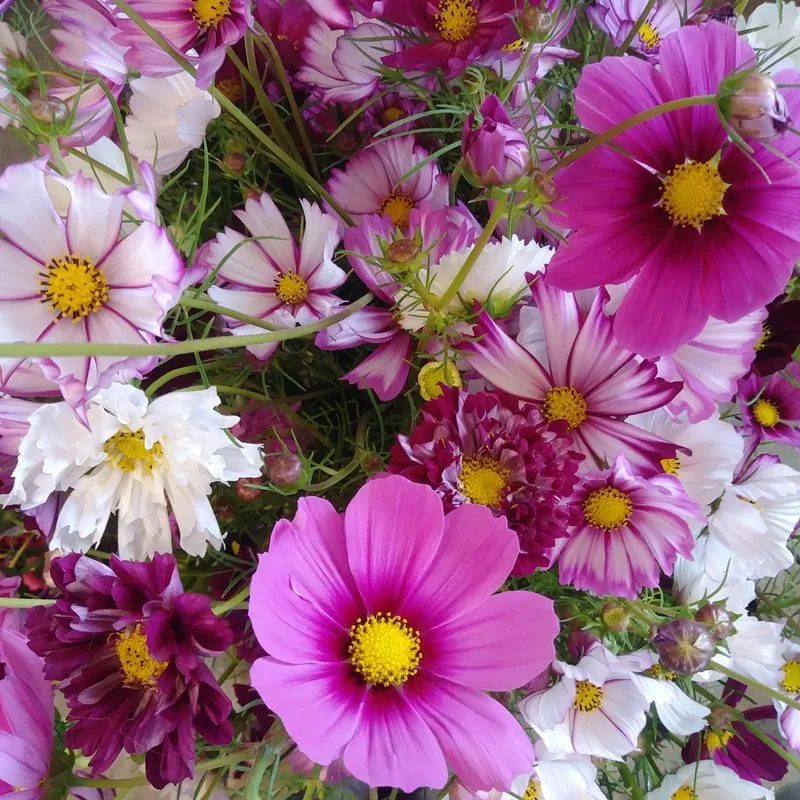
Cosmos are a celestial addition to any garden, with their star-like blooms that seem to dance in the breeze. Available in pinks, whites, and purples, they bring a touch of elegance.
These flowers thrive in poor soil conditions, making them easy to care for. Their tall stems and delicate petals make them ideal for garden borders.
Did you know? Cosmos are native to Mexico and symbolize harmony and peace, adding a serene vibe to gardens.
Nasturtium
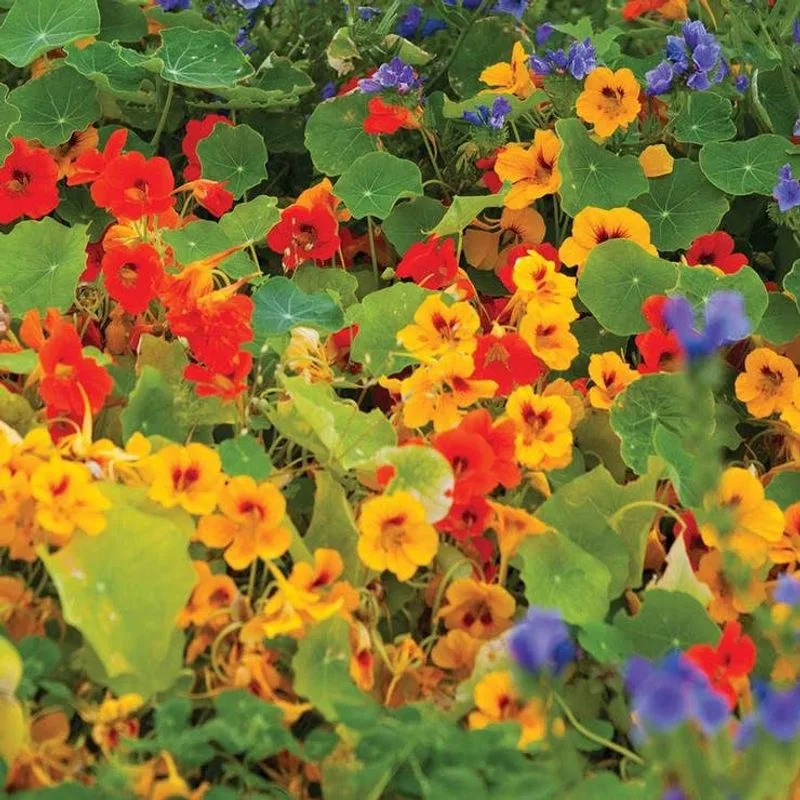
Nasturtiums are the rebels of the flower world, with their peppery leaves and bright blossoms. Their vibrant oranges and yellows bring a bold splash to any setting.
These flowers are not just ornamental; they’re edible too, adding a spicy kick to salads. Nasturtiums thrive in poor soil, making them resilient and easy to grow.
Historically, they’ve been symbols of patriotism and victory, adding a touch of history to their beauty.
Geranium
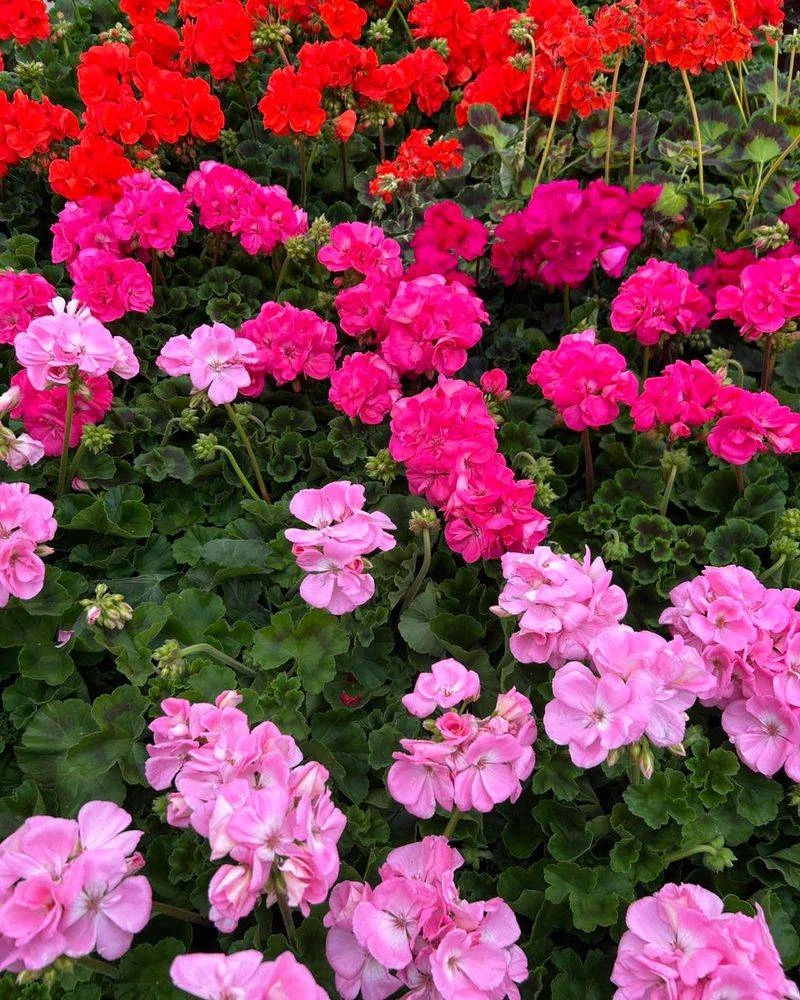
With their rich blooms and distinctive scent, geraniums are a favorite for sunny spots. Their shades of red, pink, and white add warmth and charm to any garden.
Geraniums are easy to care for, requiring well-drained soil and regular watering. Their adaptability makes them perfect for pots, hanging baskets, or borders.
Fun fact: The Victorians used geraniums as a symbol of friendship and true love, making them perfect gifts.
Impatiens
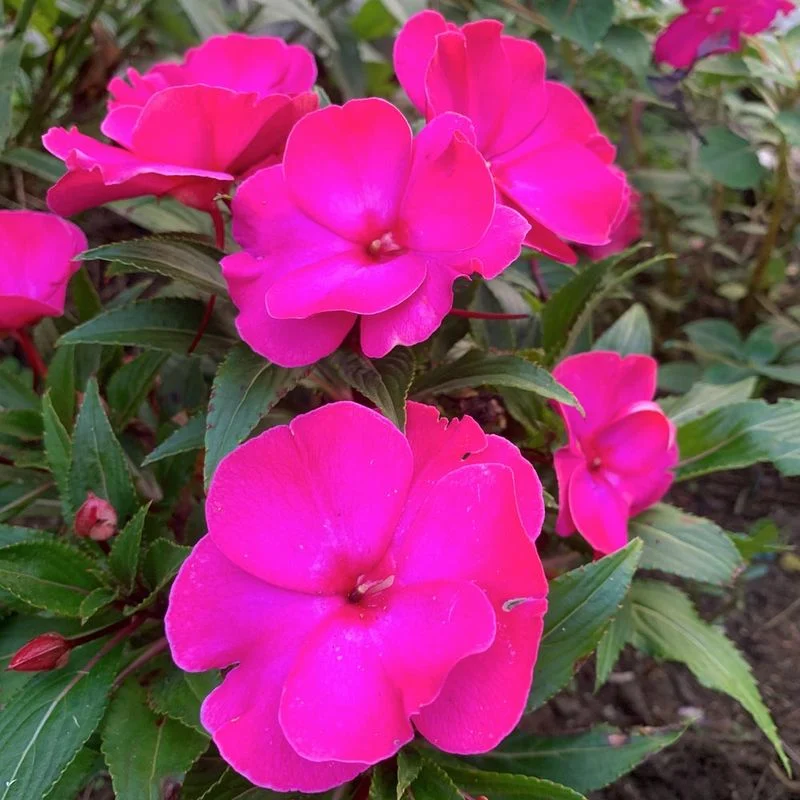
Impatiens are the shade-loving stars of the garden. With blooms in pinks, reds, and whites, they brighten dark corners effortlessly.
These flowers are perfect for shady areas and prefer moist, well-drained soil. Their compact growth makes them ideal for borders and containers.
Did you know? Impatiens are often called “Busy Lizzies” in the UK, known for their rapid growth and abundance of flowers.
Salvia
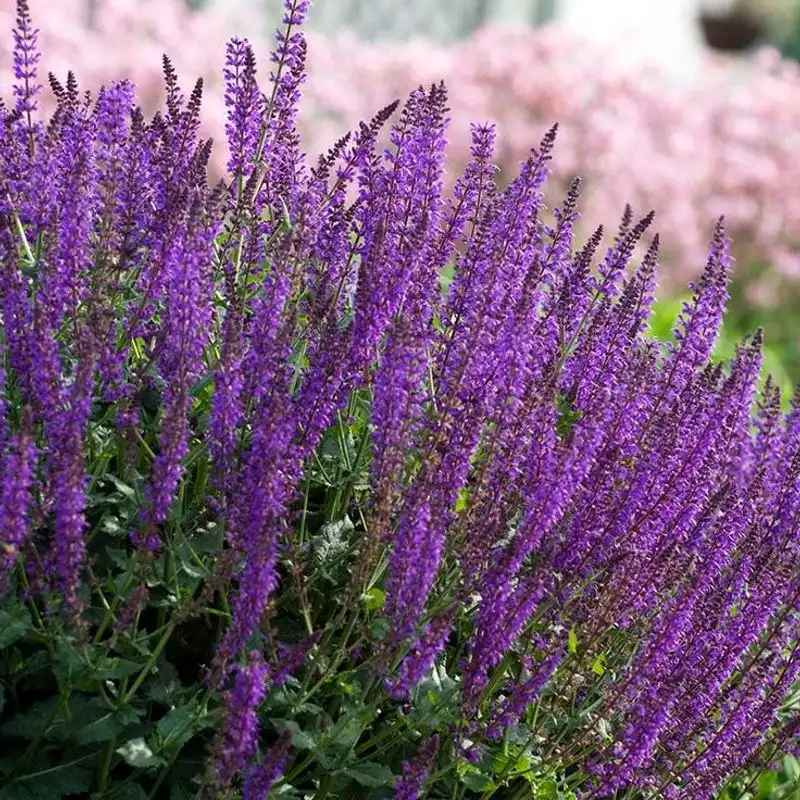
Salvias are the vibrant performers in the garden stage. Known for their spikes of red, blue, and purple, they attract bees and hummingbirds.
These flowers prefer sunny locations and are drought-tolerant, making them low-maintenance. Their tall, striking forms add vertical interest to garden beds.
Salvias have a rich history, used in teas and traditional remedies. Their vibrant colors and resilience make them delightful additions.
Snapdragon
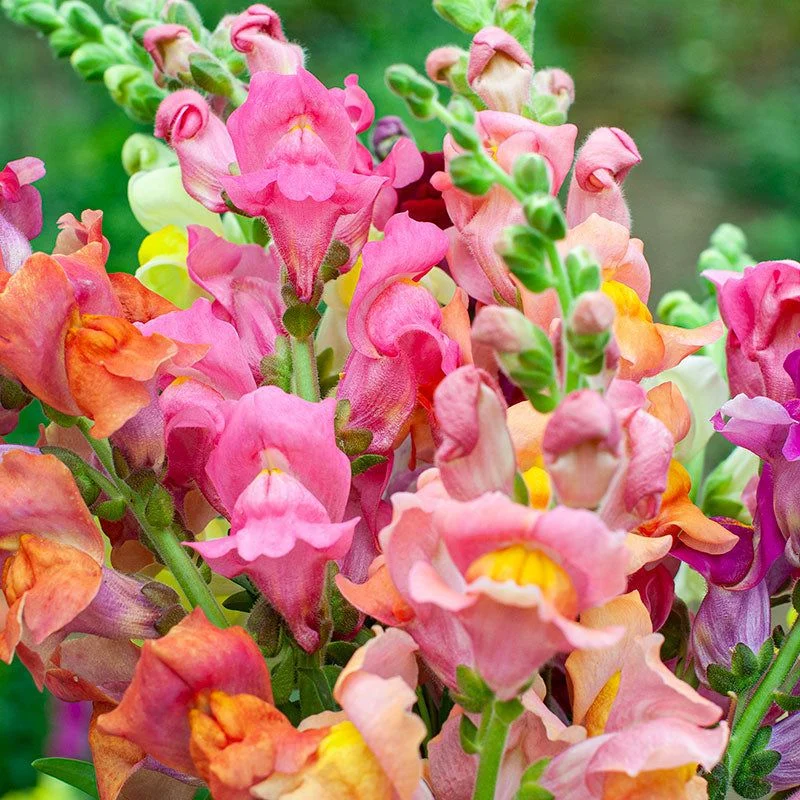
Snapdragons bring a playful charm with their dragon-like blooms. Available in a spectrum of colors, they add whimsy and delight.
These flowers thrive in cool weather and require full sun for the best blooms. Snapdragons are perfect for garden borders, attracting pollinators.
Fun fact: The name “snapdragon” comes from the way the blooms snap open like a dragon’s mouth when squeezed, captivating children and adults alike.
Begonia
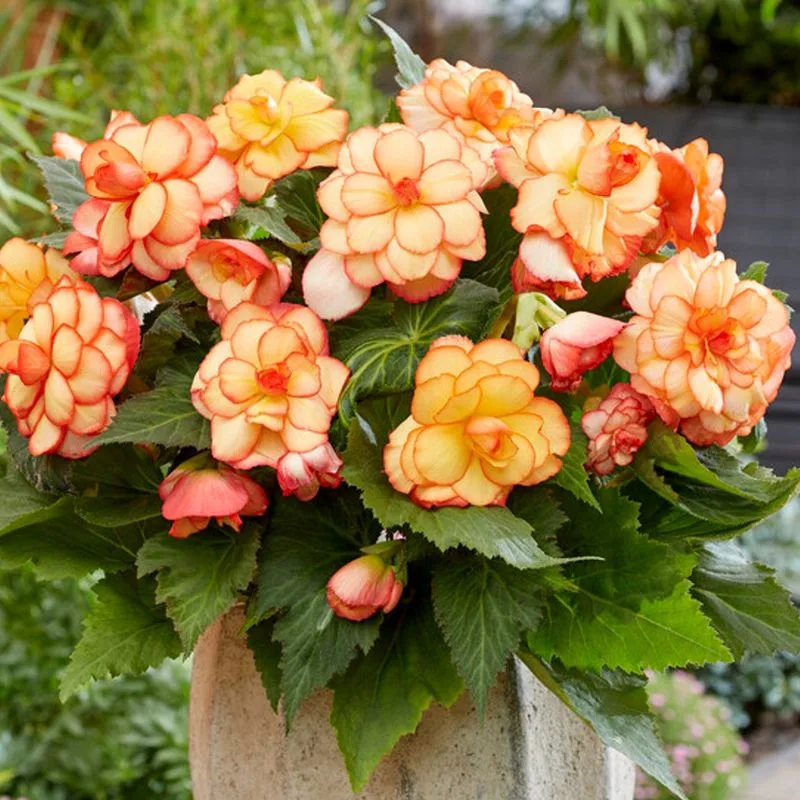
Begonias are the indoor stars with their vivid blooms and lush foliage. Their pinks, reds, and whites brighten up any indoor or outdoor space.
They enjoy filtered sunlight and like to be kept moist, thriving in containers and shaded garden areas. Begonias are perfect for adding a splash of color indoors.
Historically, begonias were discovered in the Caribbean and named after Michel Bégon, a French patron of botany.
Ageratum
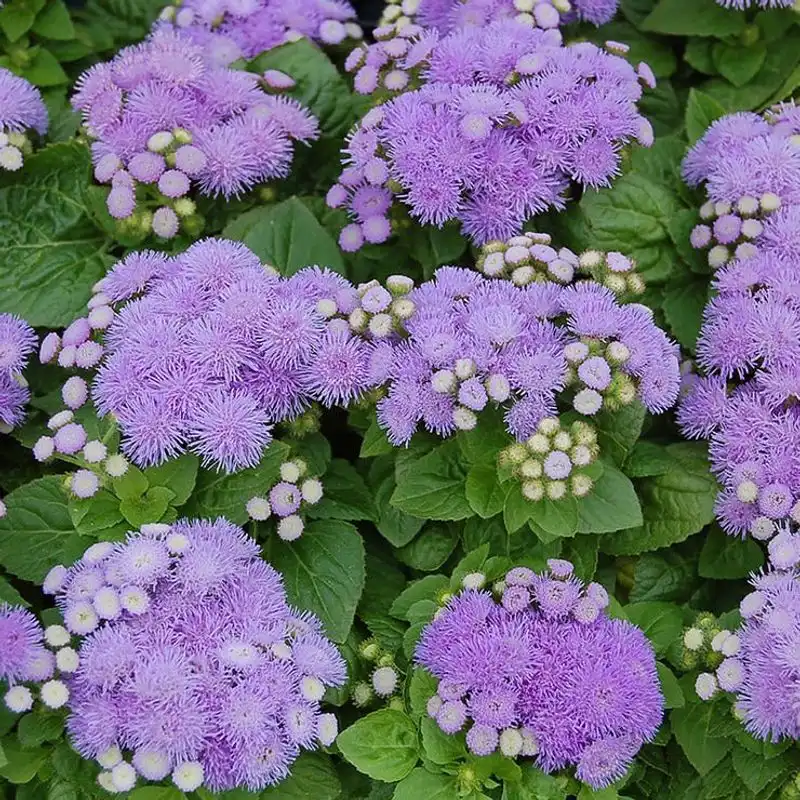
Ageratums are the gentle clouds of the garden, with their fluffy blue blooms that create a calming effect. Their soft hues add a soothing touch.
These flowers prefer sun to partial shade and thrive in well-drained soil. Ageratums are often used in borders and rock gardens.
Did you know? Ageratum is often called “floss flower” due to its soft, flossy blooms, perfect for softening garden edges.
Sweet Alyssum
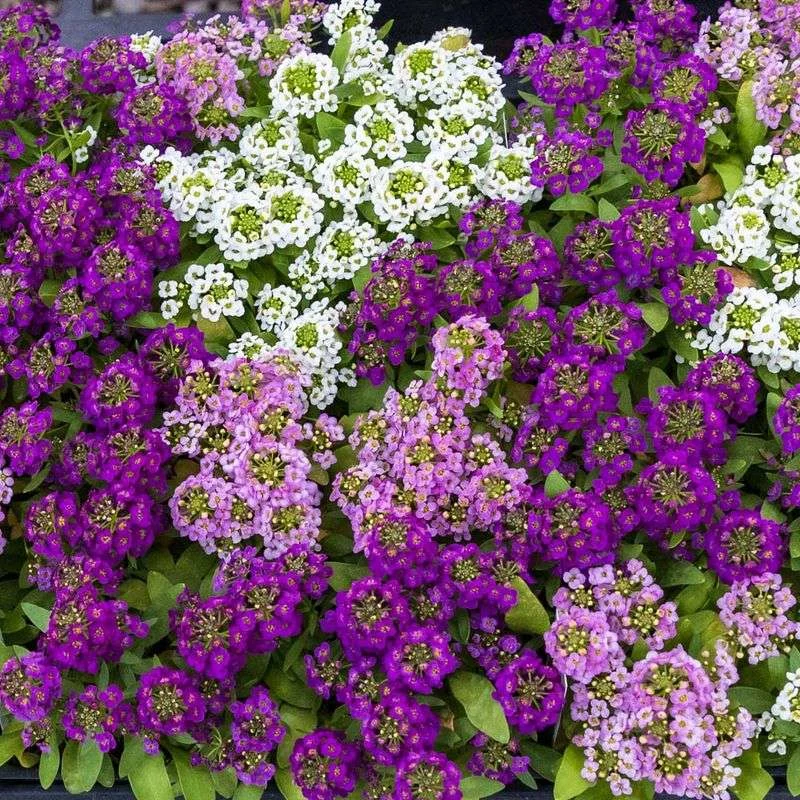
Sweet alyssum is the fragrant carpet that charms with its tiny white flowers. These blooms spread across garden beds, releasing a honey-like scent.
They thrive in full sun to part shade and are perfect for borders and containers. Their sweet fragrance attracts pollinators, enhancing biodiversity.
Historically, sweet alyssum was used to treat skin disorders and as a symbol of beauty and grace, adding to their allure.
Morning Glory
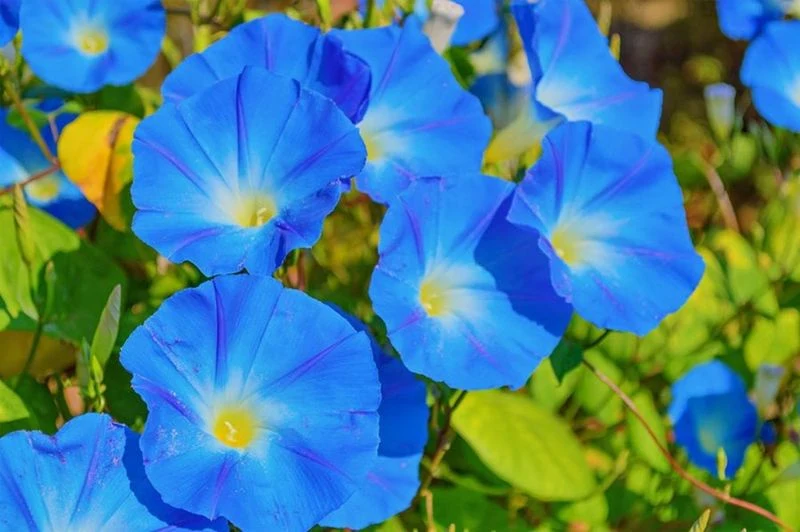
Morning glories are the early risers, with blooms that greet the day with vibrant colors. Their blue and purple flowers create a stunning backdrop.
These climbers love sunny spots and require support to reach their full potential. Morning glories add vertical elegance to gardens.
Fun fact: Morning glories have been used in traditional Chinese medicine and symbolize unrequited love and affection.
Calendula
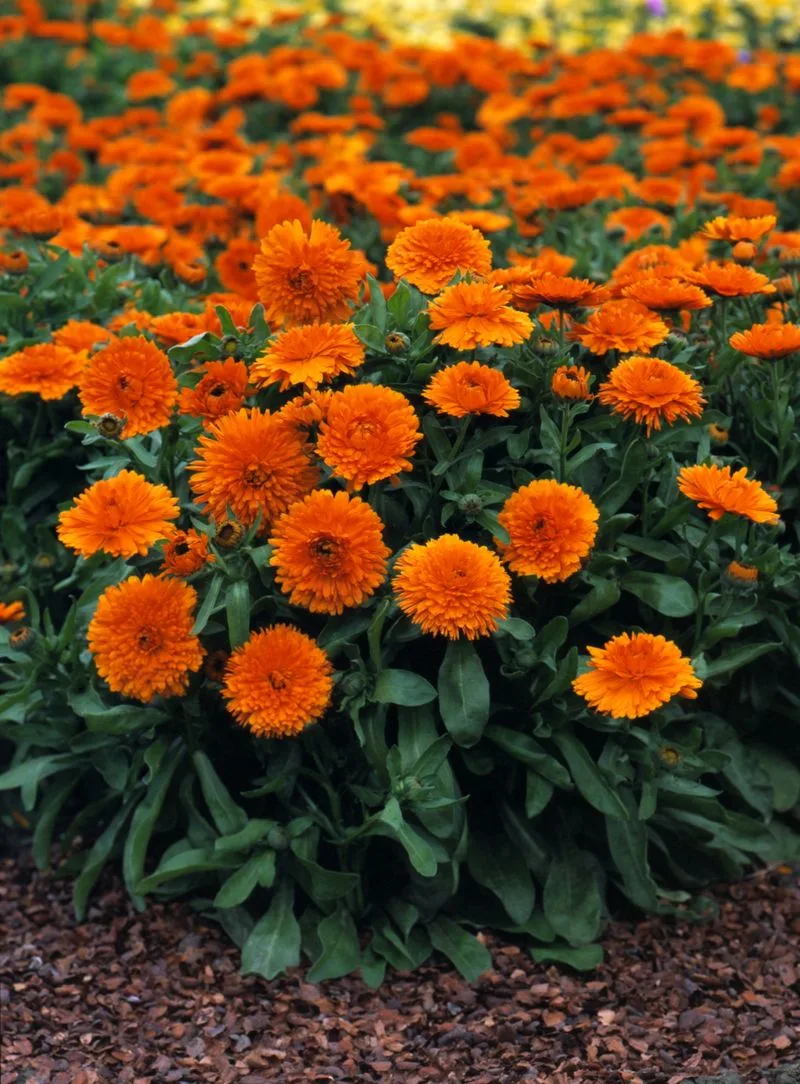
Calendulas are the cheerful companions of the garden, known for their sunny yellow and orange blooms. They bring warmth and happiness to any space.
These flowers prefer sunny locations and are easy to grow, thriving in most soil types. Calendulas are often used in herbal remedies for their healing properties.
Historically, calendulas were used by ancient Egyptians for their rejuvenating qualities, adding a touch of history to their beauty.
Celosia
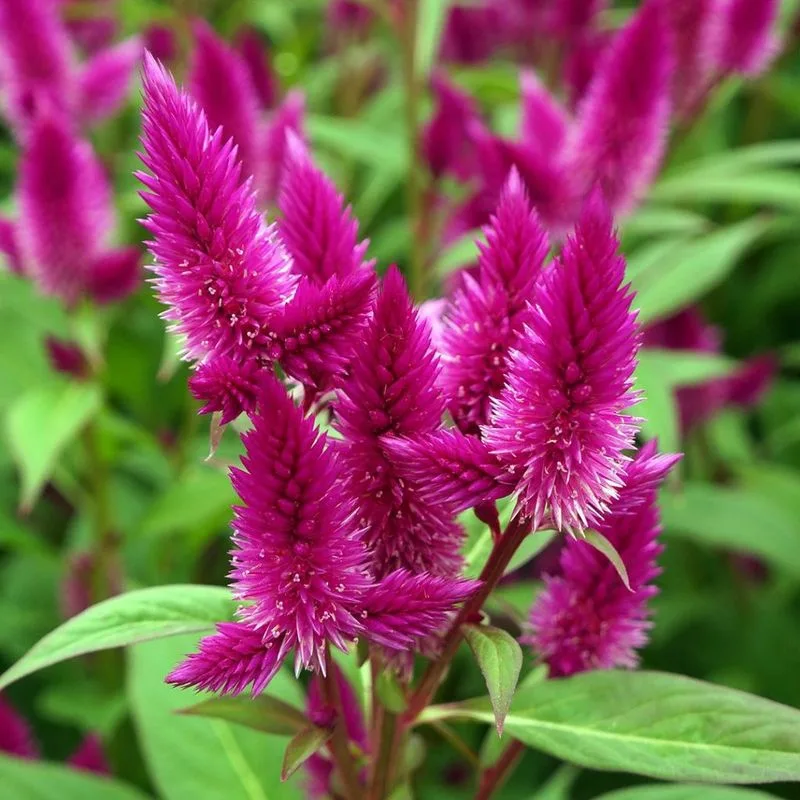
Celosias are the fiery plumes that stand out in any garden. Their red, orange, and yellow colors create a dramatic effect, reminiscent of flames.
These flowers prefer full sun and well-drained soil, adding texture and height to flower beds. Celosias are perfect for creating eye-catching displays.
Did you know? Celosia is sometimes called “cockscomb,” due to its resemblance to a rooster’s comb, adding a quirky touch to its fiery beauty.

